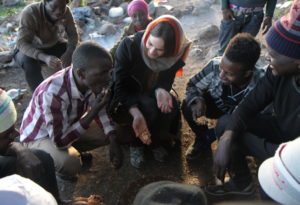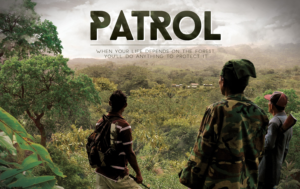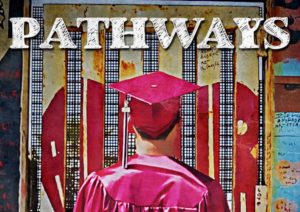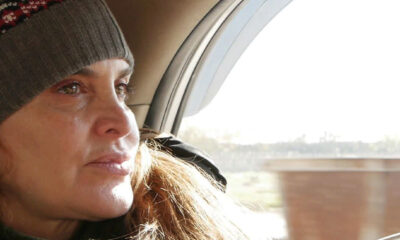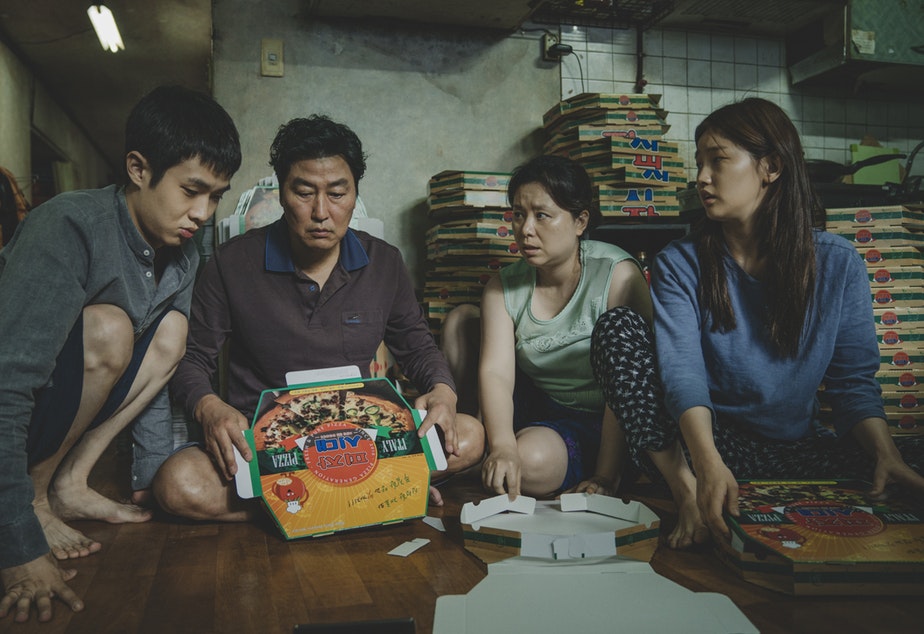Media Impact
Creative Activists Without Borders

Among its many sensibilities, social impact storytelling cares for the free movement of people and human rights. In collaboration with the City of Malibu, the Creative Visions Foundation organized “Unsettled“, “an intimate Salon” with the aim to showcase distinguished work-in-progress films related to immigration, migration, and refugees. Don’t miss out these documentary projects coming up!
More About Creative Visions
Creative Visions was founded by Kathy Eldon in 1997 with the aim to create media that matters. The initiative started as a production company in the early 90s and later relaunched as a non-profit organization. Its mission has always been to spark awareness of critical issues and ignite change through impact, media, art, and technology. Their extensive catalog of projects includes causes such as Gender Equality, Youth Empowerment, Climate Change, Health & Well Being and Human Rights.
Furthermore, Creative Visions also recently organized the Spark Change Summit at UCLA’s Film and Television School. The breakthrough event counted with the participation of Impact Producers like Participant Media and Vulcan Productions. Check out Cinema of Change’s coverage of the event’s first edition!
Marking a shift in the advocacy strategy of the foundation, Kathy Eldon enthusiastically introduced the panel making public her aim to “spark Malibu”. More than ever before, her goal is now to focus on local, community challenges, such as homelessness and further improving city laws for undocumented citizens. In fact, in honor to many of its workers, the famous beach city already became a “Sanctuary City” last March of 2017.
The event is part of the programming for the “Safari with Dan Eldon” art exhibit at Malibu’s City Hall.
The Films Showcased
The panel takes place at a time where there are 65 million displaced people on the planet (1 out of 115) and we’re facing the worst refugee humanitarian crisis since the World War II. Moreover, the current Trump administration has not eased such concerns with xenophobic policies, attacks on DACA and racist remarks.
“Unsettled” presented different projects and filmmakers in a panel moderated by Megha Madakia, Creative Visions Director of Media Production and with the participation of Isabella Alexander, director of The Burning, Brad Allgood, director of Patrol, Maribel Serrano, director of My DACA Life, and Florencia Krochik, director of Pathways.
Check out below their synopsis, filmmakers involved and ways you can support:
THE BURNING
Directed and Produced by Isabella Alexander
Dr. Isabella Alexander isn’t interested in a story unless it’s hard to tell. “I’ve always been drawn to stories that have been hidden or silenced,” Dr. Alexander says. “At the root of them, there’s usually an injustice waiting to be uncovered.” An anthropologist, writer, and documentary filmmaker, she’s spent the past decade living in the US and Africa.
Over the past two years, Dr. Isabella Alexander has been following the perilous journeys of three families from their home countries in Mali, Sierra Leone, and the Democratic Republic of the Congo towards the promise of safer shores. “The Burning” invites audiences to step inside Africa’s migrant & refugee crisis for the first time, joining these courageous men, women, and children as they travel thousands of miles along Africa’s smuggling routes to the hidden forest camps and detention centers awaiting them just south of Europe’s border.
Dr. Alexander has written extensively on European’s unfolding migrant & refugee crisis and is a regular contributor to PRI, NPR, CNN, and BBC. When not on the ground filming, she’s a Professor in the Departments of Anthropology and Film & Media Studies at Emory University in Atlanta and is inspired by the power of film to educate broad audiences. “I always aim to communicate my research in diverse formats,” she says, “so I can reach not only scholars and students but policymakers and popular audiences.”
“Motivated by my belief that storytelling has the power to humanize complex global issues, I combine my work as an anthropologist, writer, and filmmaker to raise awareness, incite action, and create positive social and political change for marginalized populations.”
Isabella Alexander is also the Founder and Executive Director of SMALL WORLD FILMS, an Atlanta-based production studio focused on social impact storytelling.
The Burning has been possible only through community support. However, Dr. Alexander’s independent feature-length documentary film still needs to secure post-production and distribution funds. Your financial contributions can bring the crew one step closer to uncover’s Africa’s migrant and refugees crisis.
Project’s website: http://www.theburning.org
PATROL
Directed by Brad Allgood
Brad Allgood is a Los Angeles-based filmmaker specializing in emotionally charged adventure, social issue, music and Spanish-language films that inspire audience engagement. He has directed, photographed and edited many long and short-form documentaries including My Village, My Lobster, the CINE-winning documentary about indigenous lobster divers in Nicaragua; 120 Days: Undocumented in America, a CINE-winning feature-length documentary about an undocumented immigrant’s last days in the United States with his family; Songs from Bosawas, an adventure and music film that documents the first professional recording of Mayangna Indian musicians in the rainforests of Nicaragua; and Hunting ISIS, a 6-part series for History and Viceland about volunteer soldiers fighting ISIS in Iraq and Syria.
PATROL is a documentary film that follows a group of indigenous Rama forest rangers and an American environmentalist as they lead dangerous patrols into the virgin forests of the Indio-Maíz Biological Reserve in Nicaragua–one of the largest intact tracts of rainforest north of the Amazon. Their goal is to protect the forest from illegal loggers, land traffickers, and cattle ranchers.
After a powerful hurricane decimates the forest and their communities, the Ramas must take a last stand to save the vulnerable forest as they wrestle with the forces that threaten their livelihood, cultural survival, and ultimately, the future of the planet.
You can learn more on his website: www.bradallgood.com
MY DACA LIFE
Directed and Produced by Maribel Serrano
It’s a special day for Maribel Serrano. Not only is she showing her documentary-in-progress teaser for the first time in public, but hours before the event started, U.S District Judge John Bates became the third federal judge to support the Deferred Action for Childhood Arrivals. He opens the door to restarting the program by publicly writing: “Each day that the agency delays is a day that aliens who might otherwise be eligible for initial grants of DACA benefits are exposed to removal because of an unlawful agency action.”
After living as an undocumented immigrant for most of her life, in 2012, Maribel benefited from Deferred Action for Childhood Arrivals, the act enacted by President Barack Obama that allowed her to get a work permit an exception from deportation.
“All I wanted growing up was to make my parents proud, stay out of trouble, be law-abiding and progress in my life and career. I was not given the option when I found out I did not have an identity, which closed many doors for me while realizing the real dangers I faced,” says Serrano. The DACA program was rescinded in September 2017. 800,000 young immigrants who grew up in the United States as the only home they knew are losing their legal status and protections. These include teachers, doctors, business owners, parents and many others who are American in every other way, except on paper.
Now, after 25 years, she was allowed to visit Mexico. She visited the town of her birth in hopes of finding answers and reconnecting with the homeland she never knew. Through her journey, she hopes to give a face to the immigration story for her and the millions who live and work in the USA.
This documentary reflects an extremely important and defining issue in the United States and aims to educate to ensure progress as a country. Maribel’s goals are to “learn to embrace our rights, use our political voice and enhance our global compassion”.
“MY DACA LIFE” is currently fundraising funds under Creative Vision’s Fiscal Sponsorship Program. You can check out her donations portal here.
Project’s website: www.mydacalife.com
PATHWAYS
Directed by Florencia Krochik
Pathways showcase the stories of six “DACA-mented” & undocumented youth and the struggles they face pursuing higher education. The film weaves together their captivating stories and explores the crippling US immigration policies that have led to the hardships they and their families face.
Through a combination of interviews with academic experts and personal immigration stories, Pathways aims to educate viewers on the current state of the immigration system and clean up many false myths surrounding the topic. “By weaving expert insight to support the cause and effect situations our featured subjects find themselves in we hope to not only make an emotional plea for immigration reform but also a fact-based one” Krochik explains.
Florencia Krochick has been selected to participate in the Film Independent Documentary Lab Fellowship in 2018 and received the Stella Artois Finishing Fund 2017 Grant. “The stories of these incredibly brave and driven kids and their families are really the stories of America and our humanity – the relentless pursuit of a better life,” says Krochik.
Filmmaker’s website: www.florenciakrochik.com
Filmmakers
Out of the Basement: The Social Impact of ‘Parasite’
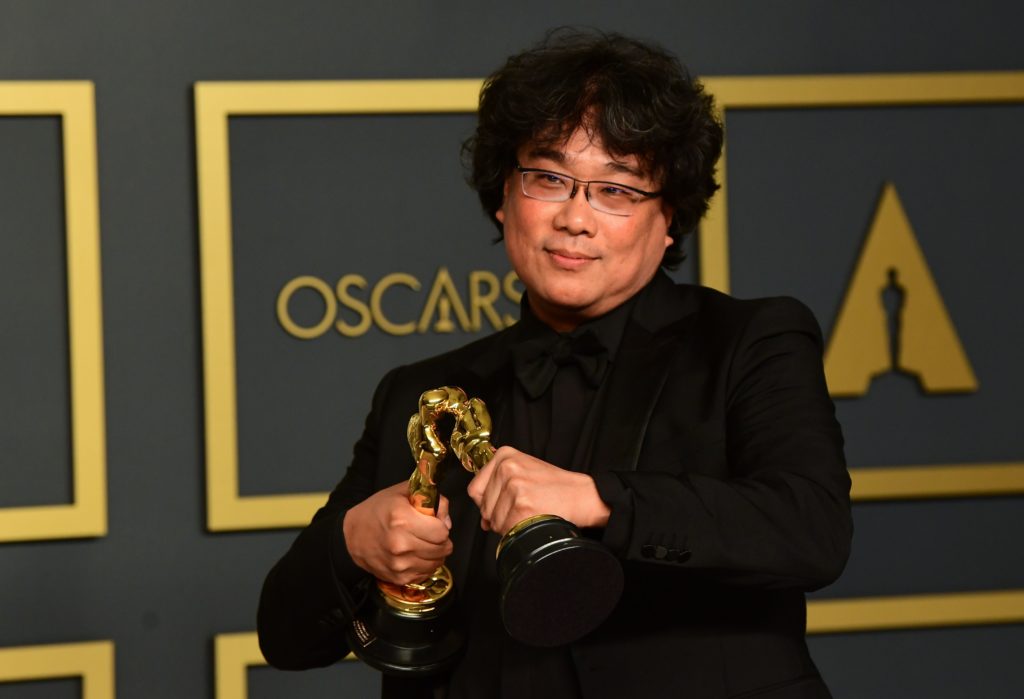
When Bong Joon-ho’s Parasite won multiple Oscars at this past weekend’s 92nd Academy Awards, the reaction was one of almost unanimous joy from the attendees and much of the American audience. Setting aside the remarkable achievement of a South Korean movie being the first to win Best Picture, this was due to the fact that so many people have been able to identify with Bong’s film, engaging in its central metaphor(s) in their own individual ways. Everyone from public school students to Chrissy Teigen have expressed their affection for the film on social media, proving that the movie has reached an impressively broad audience. The irony of these reactions is noting how each viewer sees themselves in the film without critique—those public school students find nothing wrong with the extreme lengths the movie’s poor family goes to, and wealthy celebrities praise the movie one minute while blithely discussing their personal excesses the next. Parasite is a film about class with a capital “C,” not a polemic but an honest and unflinching satire that targets everyone trapped within the bonds of capitalism.
Part of Parasite’s cleverness in its social commentary is how it depicts each class in such a way as to support the viewer’s inherent biases. If you’re in the middle-to-lower classes, you find the Kim’s crafty and charming, and echo their critiques of the Park’s obscene wealth and ignorance. If you’re a part of the upper class, you empathize with the Park’s juggling of responsibilities while indulging in their wealth, and have a natural suspicion toward (if not revulsion of) the poor. If you have a foot in both worlds, like housekeeper Moon-gwang and her husband Geun-sae, you can understand how the two of them wish to not upset the balance, so that they can secretly and quietly profit. All throughout Parasite, there’s a point of view to lock onto.
The point of the film is not to single out one of these groups as villainous, but to show how they’re part of a system that is the true source of evil. The movie has been criticized for lacking a person (or persons) to easily blame, which would of course be more comforting dramatically. Bong (along with co-writer Han Jin-won) instead makes the invisible systems of class and capitalism the true culprit, which is seen most prominently at the end of the film. All the characters are present at the same party, whether as hosts, guests, help, or uninvited crashers, and each class group suffers a mortal loss. It’s all part of the tension built throughout the movie coming to a head, yet there’s an inevitability to these deaths as well, a price each group inadvertently pays to keep the corrupt system they’re all a part of running. In this fashion, the movie is reminiscent of several works of dystopian fiction, such as Shirley Jackson’s “The Lottery,” and Aldous Huxley’s “Brave New World.” The film particularly recalls Ursula K. Le Guin’s short story “The Ones Who Walk Away from Omelas,” in which a utopian society is dependent on the continual torture and misery of a single child. Every system demands sacrifice, and Bong and Han make clear that that sacrifice is paid many times over.
The real twist of the knife in Parasite is the epilogue, which reveals that the real point of the class and capitalist systems is to keep as many people in their place as possible. The Park’s remain wealthy, and easily move away from their old house. The Kim’s remain in their same squalid hovel, with their patriarch now stuck in the basement hideaway of the Park’s old home. In “Omelas,” the tortured child is kept in a basement, as well, and where that story tells of individuals who reject that system and choose to leave it, Parasite shows that everyone has chosen to stay, with the erroneous belief that they can eventually change their place. The film’s intense relatability is likely the main reason for it being so beloved, yet it’s the messages it sneaks in that will hopefully be its most lasting social impact. All of us are still trapped within the system, but at least the secret of how it fails us and how it lies has managed to escape the basement. Let’s hope we can eventually escape, too.
Media Impact
“Crip Camp”: Unified Disability opens Sundance 2020
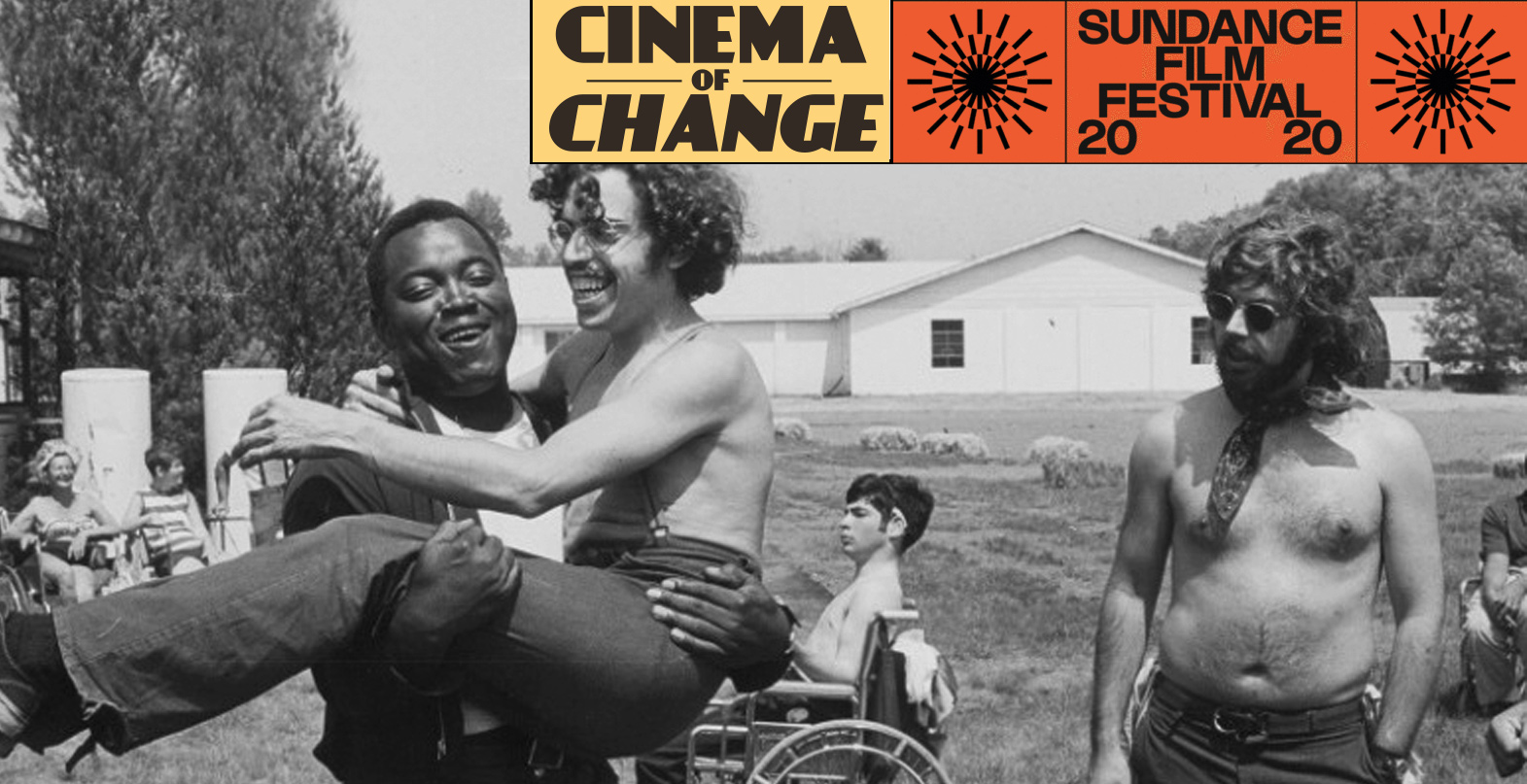
What happens when a bunch of teenagers go to summer camp in their height of puberty? The wreak havoc, have a great time, try some contraband drugs, and fool around with each other in a virginity-defying quest for adulthood. What happens if these teenagers have Polio, Cerebral Palsy, Down Syndrome, Spina Bifida or MS? The same thing. Just with a lot more wheelchairs involved in the baseball games and make-out sessions.
That’s the world “Crip Camp” introduces us to – for the first 40 minutes of the film, we are immersed in a wonderfully “inappropriate” summer camp Jened in upstate New York. This camp, founded by parents of kids with Cerebral Palsy, operated for nearly 20 years (approx. 1960-1980 with a second 25-year-run in another location until the early 2000s, which isn’t mentioned in the film) and provided an un-sheltered source of freedom for disabled teenagers, and an opportunity for human connection and growth to camp counselors from all over the United States.
Pity VS Profanity
Many films about disability utilize pathos, pity and pain. They are careful in the treatment of their characters and not to step on any toes – a bit like the THR review of the film. And while there is a lot of that in a disabled person’s life – and in many people’s lives regardless of ability – there’s plenty of joy, profanity and profound insights to be had in a film about disability. And, unlike the THR tip-toeing, it’s massively liberating how the film dealt with disability. Not as weakness or fragility, but as a simple fact of life. These are awesome people sharing hilarious and moving insights in what it’s like to be in their shoes.
I might be stepping on toes here, but in my experience with friends and acqinantes with disabilities, none of them want to be linguistically or physically babied or touched with white gloves. There are obvious physical needs that different disabilities come with, but I don’t think it’s productive to be all too sensitive around a person with a disability – it creates the same sort of “separate but equal” impression that sending them off to their own school does. And I think this true equality, making fun of each other and treating each other like we’re on the same level, leads to much more honest relationships.
One of my personal favorites of this level-headed approaches in the film was one of the camp alums recounting a story of his first date in the camp, along the lines: “A camp counselor taught me how to kiss the night before. That was the best physical therapy I’ve ever received. And then the next day, I had my first date with this girl at the camp. She touched my … cock. It was wonderful.” I’ve had similar conversations with quadruplegic friends in my personal life. Many disabled teenagers are perverts just like the rest of us.
These are simply not the things you’d expect if you’re an outsider – but they are the common thread that break assumptions and prejudice. When someone curses on screen, you know you can practically trust them, and there’s no need to put on a pity party. The use of humor is brilliantly applied in Crip Camp to remove barriers – whether it’s barriers between disabled groups, or barriers between the disabled world and the other 80-ish% of the population.
You might say, oh please, we all have disabled people in our lives, and things are much better now. Sure, most of us know a number of people with disabilities. They make up about 20% of the world’s population, practically forming the largest minority on the globe – and it’s hard to avoid getting to know 1 in 5 people. That doesn’t change anything about the fact that there’s still no true equity, and while a lot has happened since the Camp Jened era of the 1960s, 2020 is still full of employment discrimination and false assumptions. As long as you’re not personally affected by birth, disability is easy to ignore. Well, chances are that 1 in 4 of 20-year-olds will become disabled before retirement.
A line in the film profoundly illustrates this invisible divide. Jim LeBrecht, one of the two directors of the film (along Nicole Newnham) and himself having been born with Spina Bifida, recalls his father giving him advice when he was admitted to a public school: “You’ll have to introduce yourself to other kids. You have to approach them and say hello, because they will be afraid to talk to you.”
As filmmakers from all walks of life, the portrayal of people with disabilities on screen is a challenge – not so much in this film because it’s a film made by the community for the community. For those that don’t quite have good access or understanding of disability, RespectAbility’s “Hollywood Disability Toolkit” is a truly comprehensive 50-page guide to do things better. Unfortunately, the guide doesn’t directly recommend to make your disabled characters swear and talk about teenage sexuality – but that doesn’t change anything about the fact that these are powerful tools to disarm your audiences’ potential “fear of the other”. In the end, we’re all just people that can relate to each other’s human experience.
Record Occupations and Missing Footnotes
The film allows us to follow the teenage troublemakers of Camp Janed into their adult lives, where a number of them become political activists, deeply involved in pushing disability rights issues. Crip Camp focuses on one of the campers with Polio, Judy Heumann, who leads a street blockade in 1970s New York for disability rights and then graduates to West Coast activism, gaining continuous steam for the cause, up to the epic mid-point of the film, where hundreds of people with disabilities stage the “504 Sit-In” in the Health, Education and Welfare offices of the Federal Building in San Francisco. Joseph Califano, administrator of the HEW at the time, was unwilling to sign Section 504 of the Rehabilitation Act of 1973, which was supposed to ban publicly funded discrimination against people with disabilities. Judy and a number of other well-organized community leaders took over the building and made history: The sit-in was the longest occupation of a federal building in the existence of the U.S. (which the film doesn’t quite mention in its historical gravitas). Even Drunk History made an episode on this badass move.
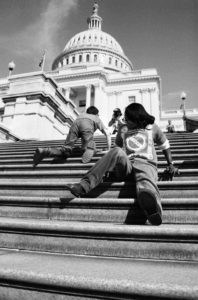
The “Capitol Crawl”, where wheelchair users of all kinds shed their wheelchairs and climbed the non-accessible stairs to the highest symbol of U.S. politics, the capitol.
Up to this point, we’re wrapped up in a beautiful storyline of these teenagers-turned-activists, and appropriately traces the tremendous power the 504 sit-in and Judy Heumann’s delegation trip to Washington had with convincing Califano (after holding candlelight vigils in front of his house and following him to public appearances) to sign 504 into power.
The film then takes a bit of a leap of faith in simplifying the history of the American Disabilities Act of 1990, which followed nearly 17 years later. For the uninitiated, this is the act that put wheelchair ramps into place in all public buildings and gave a lot of protection to people with disabilities, opening up countless new avenues of opportunity – “to assure equality of opportunity, full participation, independent living, and economic self-sufficiency for individuals with disabilities.” I wondered many times what stars had to align for the disabled communities to have so much unified political power (as they had 30 years ago) to push through such an incredible piece of legislation. On an international level for example, countries like Austria and Japan have had quite pitiful disability laws in comparison to the U.S., usually lagging behind 15-25 years. The ADA was the first act in the world to give such wide support to people with disabilities, and positioned the Bush Senior-era U.S. as the global leader in disability relations.
The film’s narrative centers around direct action and activism like the Capitol Crawl. While these are cinematic moments and films need to simplify history to fit a narrative in a limited amount of time, it gives us a wrong impression of how history happens.
Work like the professional lobbying of Patrisha Wright, or the institutional recommendations of government agencies like the National Council on Disability were instrumental in shifting the tide in favor of the ADA, and the film unfortunately makes no mention of it. I’m not suggesting that the film is under an oscar-speech-style obligation of rattling down all people that should be thanked for the ADA, or that it needs to dive into the complicated politics at the top that made this happen. It would have simply been a nice gesture to have one of the interviewees give a footnote a la “a lot of other things had to work out, outside of our lead character’s activism, to get a historical bill like this put on the table and signed into existence.” As this film can serve as a role model for future activists, it carries some reasonable responsibility to not accidentally further a naive, romantic narrative of “magical activism and easy social change”.
Social change is incredibly difficult, and the people that achieve it study large scale systems, build powerful alliances and invest decades of their lives to utilize the right time in history in order to make a dent in the universe.
United towards Accessibility
This film is about people from all walks of disability and ability coming together to crush an unfair system and fight for accessibility. Together. United. The way it should be. The stories of Crip Camp and the ADA are rather rare exceptions to the usually fractured communities of people with disabilities. As you can imagine, each community has their own interests and doesn’t always see an incentive to support another community. Yet, politically speaking, individual disabilities usually make up single-digit percentages on a global level, but all disabled communities united form a 15-20% front, the “largest minority in the world”, according to the WHO. The more united this front, the more likely things like the ADA can happen again and re-balance the world.
Watch Crip Camp and get inspired. Join or support an organization like RespectAbility that actively works on re-unifying the disability community for political leverage. As humans, we are better than just shunning our fellow humans because of some genetic variation, accident or other circumstance. There’s so much to be gained from creating an equally accessible world for all – and right now, that’s not the case.
Media Impact
HBO’s Chance Morrison on Storytelling and Corporate Social Responsibility
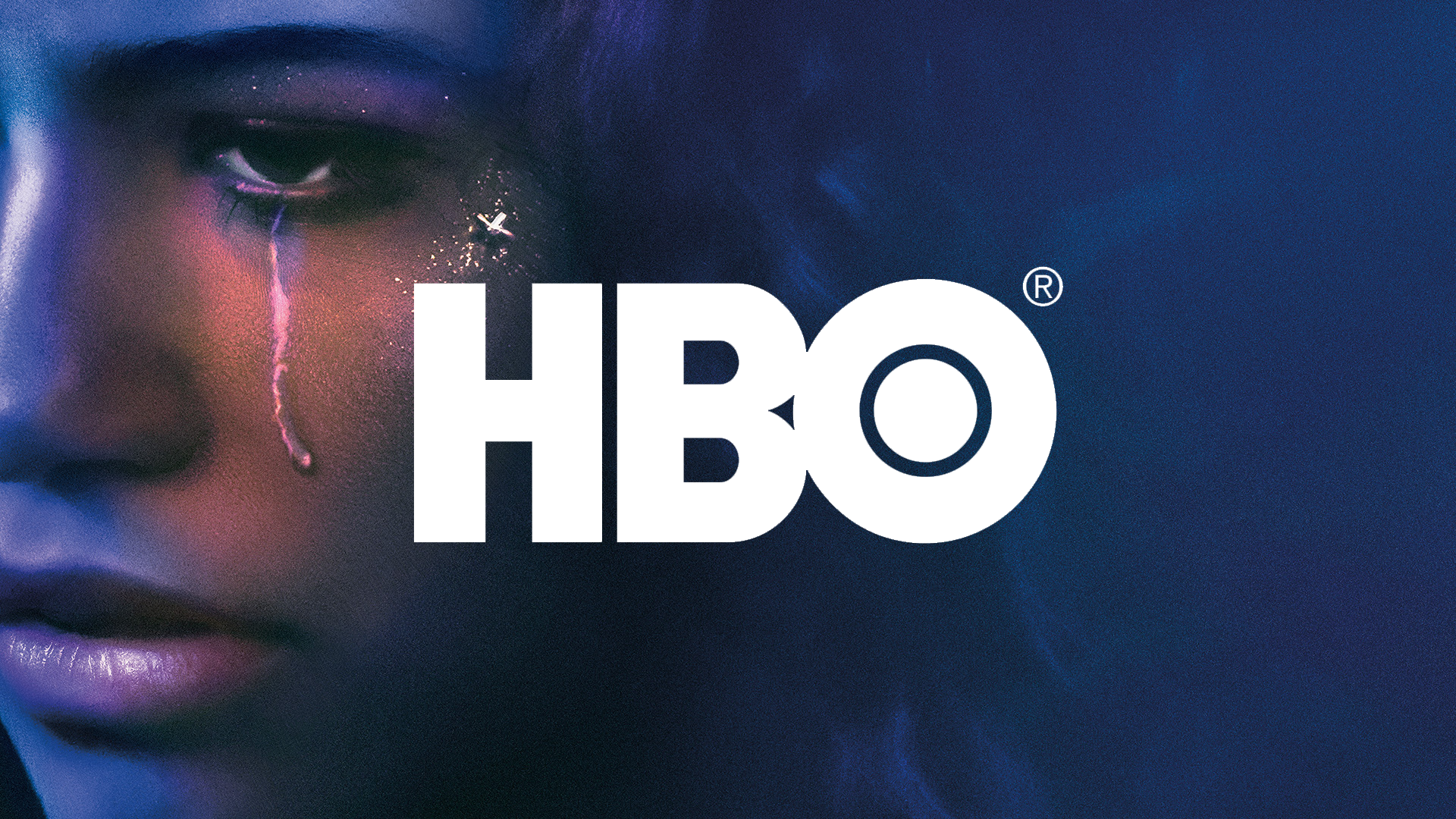
“You are serving up medicine to people. You should be responsible enough to give people directions on how to take that medicine.”
Chance Morrison has worked at HBO for 11 years, holding various positions and currently working in the department for Corporate Social Responsibility.
Chance is a passionate advocate for impactful cinema, serving on the board of Bowery Residents Committee as Junior Board Chairwoman, creating the Ask Chance foundation to provide young women exposure to industry professionals, and earning herself the prestigious Time Warner Richard D. Parsons Award for Community Service in 2017.
She works on impact campaigns for all HBO content, ranging from Sesame Street to Euphoria.
-
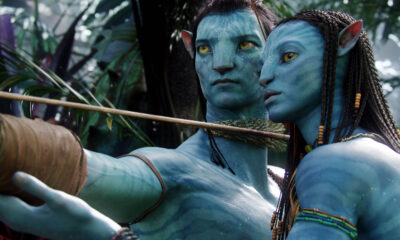
 SIE Magazine10 years ago
SIE Magazine10 years agoWhat Makes A Masterpiece and Blockbuster Work?
-
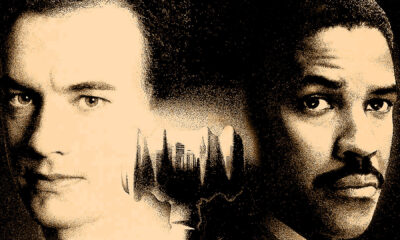
 Filmmakers10 years ago
Filmmakers10 years agoFilms That Changed The World: Philadelphia (1993)
-

 Companies7 years ago
Companies7 years agoSocial Impact Filmmaking: The How-To
-
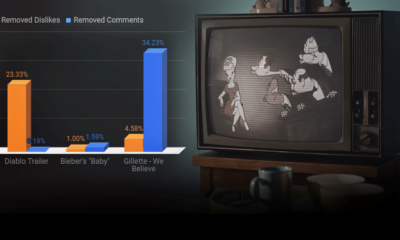
 Media Impact6 years ago
Media Impact6 years agoCan We Believe The Gillette Ad?
-
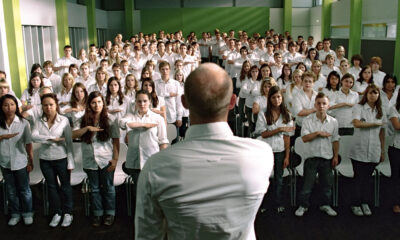
 SIE Magazine10 years ago
SIE Magazine10 years agoDie Welle and Lesson Plan: A Story Told Two Ways
-
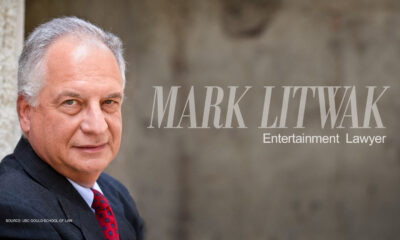
 Academia9 years ago
Academia9 years agoFilmmaking Pitfalls in Deal-Making and Distribution
-
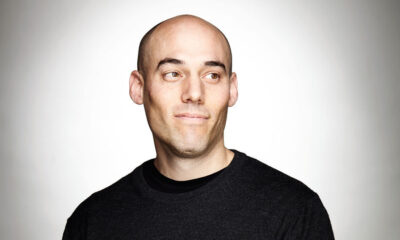
 Academia9 years ago
Academia9 years agoJoshua Oppenheimer: Why Filmmakers Shouldn’t Chase Impact
-
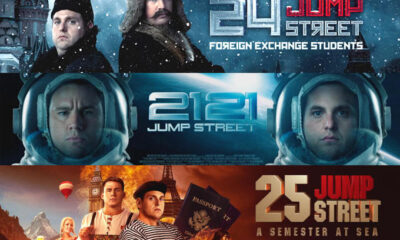
 Filmmakers10 years ago
Filmmakers10 years agoMirror Mirror: An Exploration of Self-Awareness in Recent Hollywood Films


